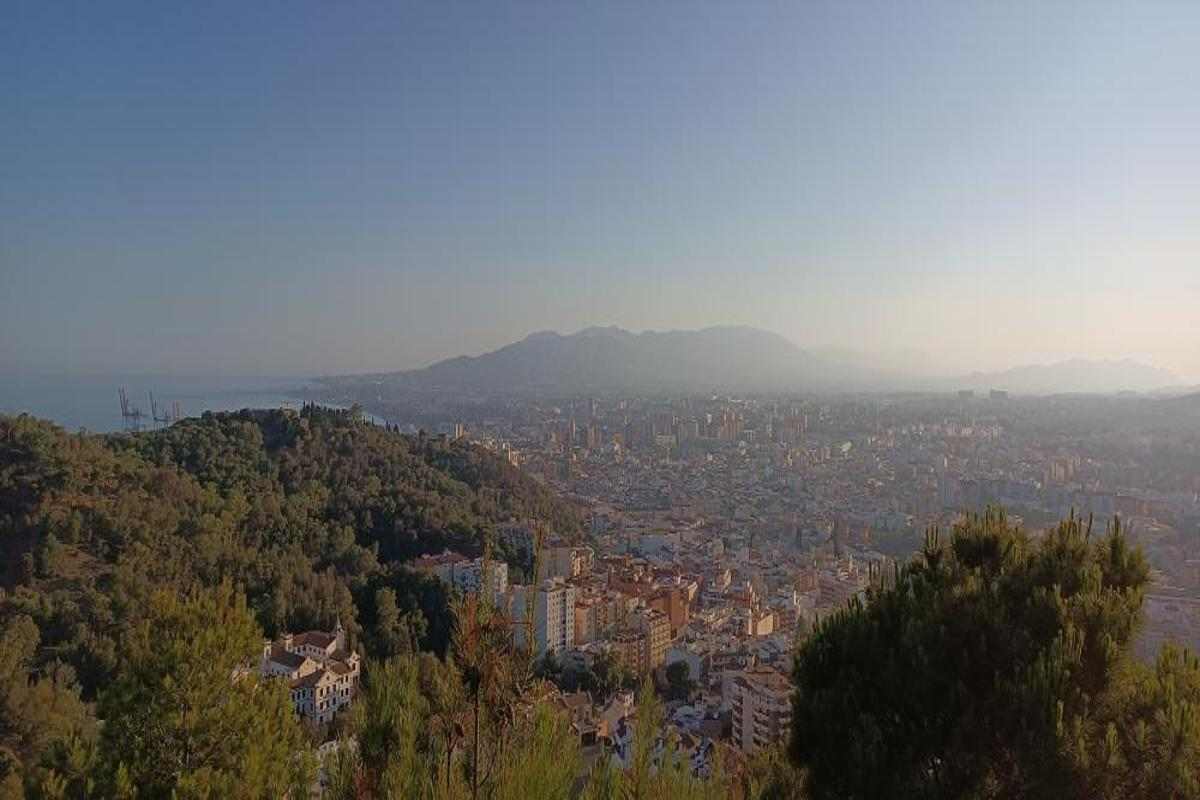
This year, Málaga proudly marks the 150th anniversary of its port—a symbol of the city’s maritime heritage and economic resilience. The Port of Málaga, now a bustling hub for commerce and tourism, began as a visionary project in the mid-19th century, during a period of significant change in Spain.
In the 19th century, Málaga was a city in transition, shifting from an agrarian economy to one increasingly driven by industry and trade. The need for a modern port became apparent as local industries, especially wine, olive oil, and metal production, sought better facilities to export their goods. The city’s strategic location on the Mediterranean Sea made it a natural gateway for trade, but the existing harbor was inadequate for the growing demands of international commerce.
The push to construct a new port was led by local leaders and engineers, most notably Joaquín María Pery y Guzmán. Despite the technical challenges posed by the coastal conditions—frequent storms and strong tides—the project began in 1861. The construction process was slow and labor-intensive, requiring workers to overcome both natural and financial obstacles. Spain’s political instability at the time, following the First Carlist War, also added to the difficulties.
After more than a decade of determined effort, the Port of Málaga was officially inaugurated on August 22, 1873. Its initial facilities included a wharf and a few storage warehouses, but even in these early stages, the port began to transform Málaga’s economy. The port provided a critical boost to local industries by facilitating exports and creating jobs, which in turn helped alleviate some of the city’s social challenges, such as widespread poverty.
In the late 19th century, Málaga was a city of contrasts. While it was culturally vibrant—home to artists, musicians, and poets—it also struggled with significant public health issues and economic disparity. The port’s construction was seen as a solution to many of these problems, offering a pathway to economic growth and social stability.
Over the next 150 years, the Port of Málaga grew and modernized, reflecting the city’s own evolution. It expanded its facilities to accommodate larger vessels and increased its capacity for handling cargo and passengers. In recent decades, the port has become a popular destination for cruise ships, bringing millions of tourists to the city each year. This influx of visitors has further boosted Málaga’s economy, turning the port into a central pillar of the city’s tourism industry.
Today, the Port of Málaga is not only a vital economic asset but also a leader in sustainability and innovation. Initiatives to reduce its environmental impact, such as adopting cleaner energy sources and improving waste management, ensure that the port remains a responsible steward of the Mediterranean’s natural resources.
As we celebrate this 150th anniversary, the Port of Málaga stands as a testament to the city’s resilience and vision. It is a symbol of Málaga’s past, present, and future—a reminder of how far the city has come and a beacon of its continued aspirations.
